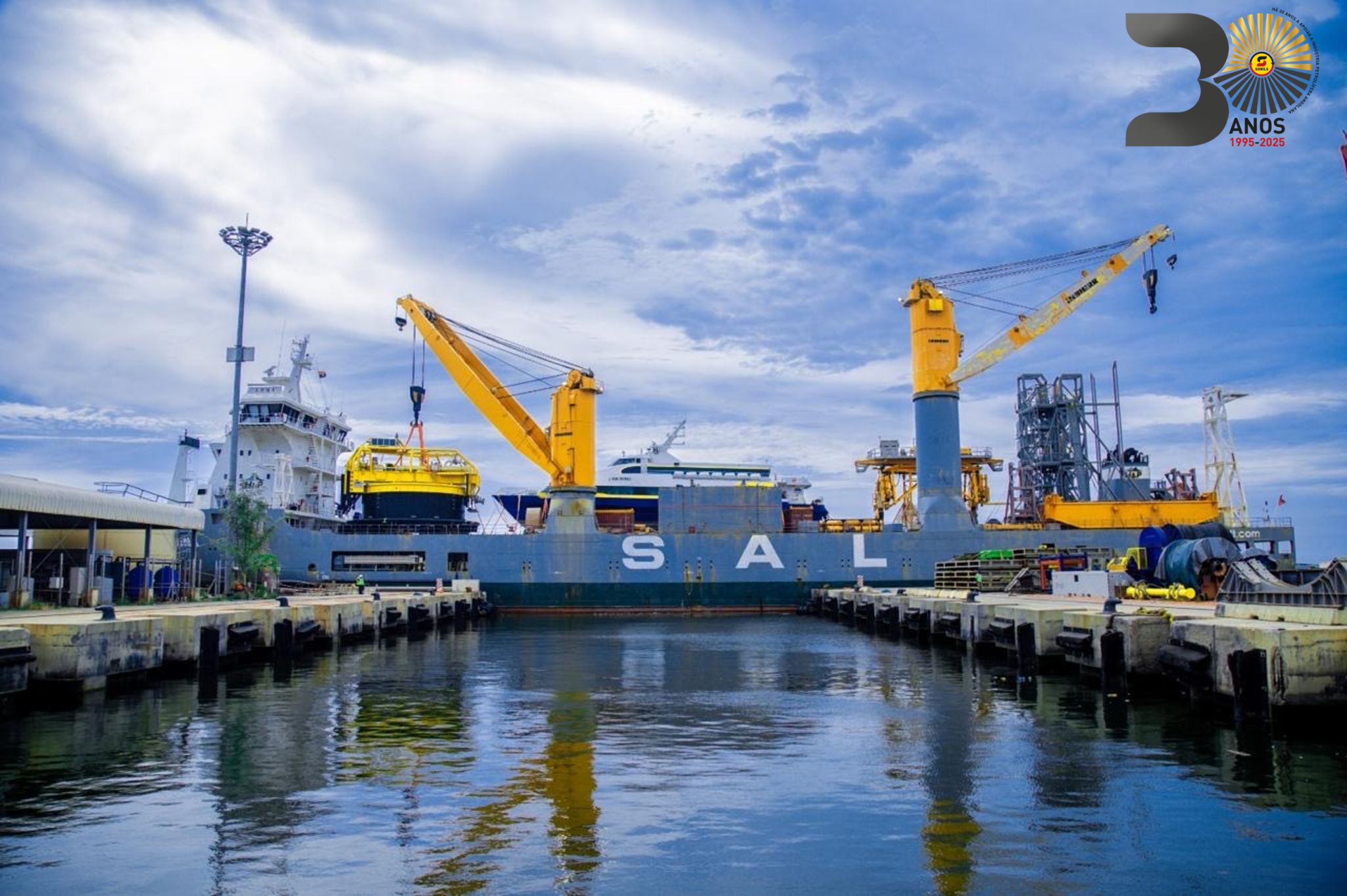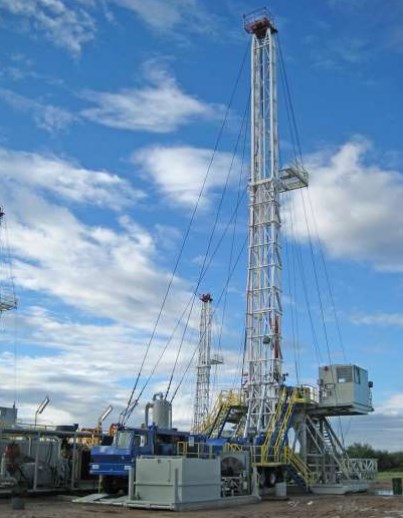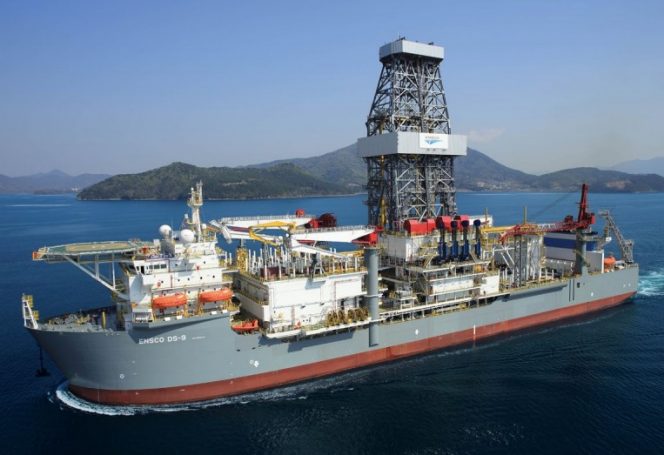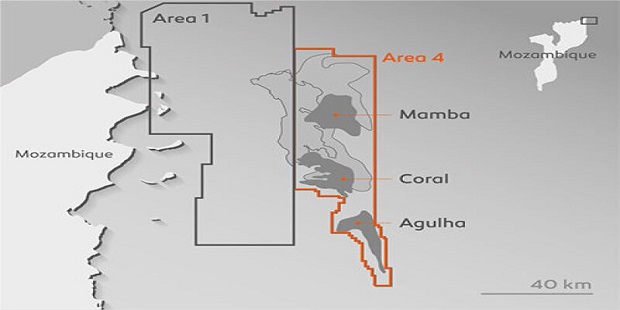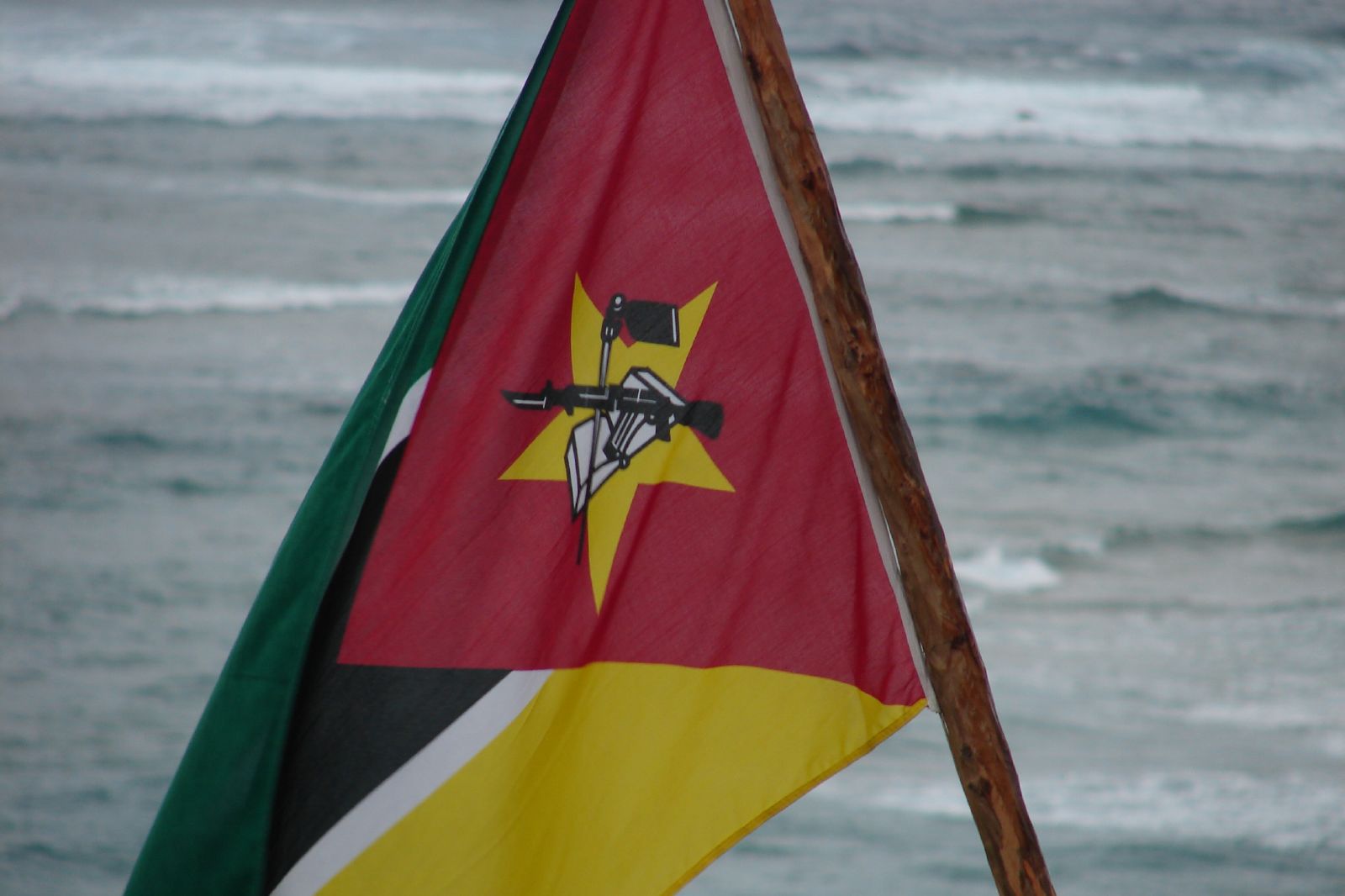Work Begins on the East African Crude Oil Pipeline
President Yoweri Museveni and his Tanzania counterpart Joseph Pombe Magufuli have commissioned the construction of the 1,445km-long East African crude oil pipeline from Hoima district in Uganda to the Tanzanian port of Tanga.
The heated crude oil pipe line, the longest of its kind in the world, will cost $3.5 billion and will be completed by 2020 making Uganda join the ranks of oil producing countries. The pipeline works will be undertaken by Total E&P, CNOOC and Tullow Oil together with the two governments of Uganda and Tanzania. The pipeline will on completion carry 216,000 barrels of crude oil for export daily.
Speaking during the ceremony President Museveni said because of the numerous concessions from the Tanzanian government, the cost of delivering a barrel of oil from Hoima to Tanga will be $12.2 per barrel, making Uganda’s crude oil profitable even at today’s rate of $50 per barrel.
“On behalf of Ugandans I thank President Magufuli and our Tanzanian brothers for giving us the following concessions on the pipeline. There will be no pay transit tax, no Value Added Tax, no corporate income tax, gave us 20 years depreciation tax holiday, granted us a free corridor where the pipeline passes and promised to buy shares in the pipe line,” President Museveni said.
Museveni implored all East African member states to look at the East African crude oil pipeline as an East African community asset, noting that with many discoveries of oil and gas deposits in many other countries in the region, the facility will be a vehicle for oil to the sea from all the East African countries.
“There already confirmed hydro-carbon deposits in Eastern Democratic Republic of Congo and Turkana and there are possibilities in Rwanda, Tanzania and Burundi and once these are confirmed the pipeline will be more useful for the region,” Mr. Museveni said.
Museveni reiterated that the region needed to work on stopping the culture of producing what we it does not consume and consuming what it does not produce that has greatly affected the balance of trade and enriched other people at the expense of our citizens.The East African Community imports $33 billion per annum worth of goods and services while its exports are $13.8 billion.
“At this stage, East Africa and certainly Uganda are unstoppable. We have everything.nothing will stop us from growth, development and transformation. No peasants should produce other peasants. Peasants should produce educated people.”
President Museveni saluted the private partners in the oil pipeline project (Total, CNOOC and Tullow) and assured them that with the right working relationship, they will together end in a win-win situation.
On his part, President Magufuli thanked President Museveni and his government for trusting Tanzania and choosing the Tanga route for the project despite the other options available.He said it was a vote of confidence to the Tanzanian people. He said that Tanzania had to sacrifice by offering several concessions to Uganda just like it did in struggle against dictatorship but said that Tanzania was certain they will greatly benefit from the pipe line project.
“This pipeline could have gone to a shorter route of 900kms but Museveni has supported us. We had to make concessions for our Ugandan brothers like we have previously done to liberate them. We had to sacrifice but we shall also benefit. During construction, direct jobs will be between 10,000 to 15,000 while temporary ones will peak to 30,000. Already hotels are benefiting as guests come here and we shall set up a cement factory here, one of the biggest in East Africa,” said Mr Magufuli.
He said with the oil coming to Tanga, Tanzania would now buy crude oil from Uganda instead of incurring high exports of importing from the Arab world, while indicating that Uganda would also find it cost-effective selling to Tanzania.
Mr Magufuli added that Tanzania also sought to gain from the skills and expertise of Ugandan technocrats who had built experience in the extractives sector.
“Oil was discovered by Ugandan experts. They have done it. They will come to Tanzania to check our hydrocarbons in Tanganyike—where there are traces of oil. If we find it, they will bring their skills to Tanzania,” he said amidst applause from the excited crowd.
The Tanzanian President warned speculators who are rushing to set up houses in the pipeline path, saying the government already has satellite images, including already existing property. He warned that only those with bonafide claims would be compensated while speculators will walk away empty-handed.
He challenged the contractors to ensure they complete the project on time, saying anything short of that would be a big blemish on their profiles and countries of origin.
The two leaders also used the occasion to underscore the need for fast integration of the East African community so as to ease the joint planning, financing and implementation of major projects that are crucial for the development and transformation of the region.
The function was attended by Tanzanian Vice President Samia Suluhu, the Prime Minister Kassim Majaliwa and the Tanzanian First Lady Janet Magufuli.On the Ugandan side were 1st Deputy Prime Minister and Minister for East African affairs Kirunda Kivejinja, the Energy and Mineral development Minister Irene Muloni, the Finance Minister Matia Kasaijja and the State Minister for Bunyoro Affairs Ernest Kiiza among others.
QUICK FACTS ABOUT EAST AFRICA CRUDE OIL PIPELINE
– At 1,445kms, it will be the longest electrically-heated oil pipeline in the world.
– Uganda will host 296kms of the pipeline, while the remaining 1,149kms will be in Tanzania.
– In Uganda, the pipeline will run through eight districts and 24 sub-counties. In Tanzania, it will go through eight regions and 24 districts.
– It will be a buried pipeline, with 1.2 metres of it beneath the ground.
– Its estimated cost is $3.55 billion while constriction should last three years.
– It will have a daily flow rate of 216,000 barrels with six pumping stations and two pressure reduction stations.

